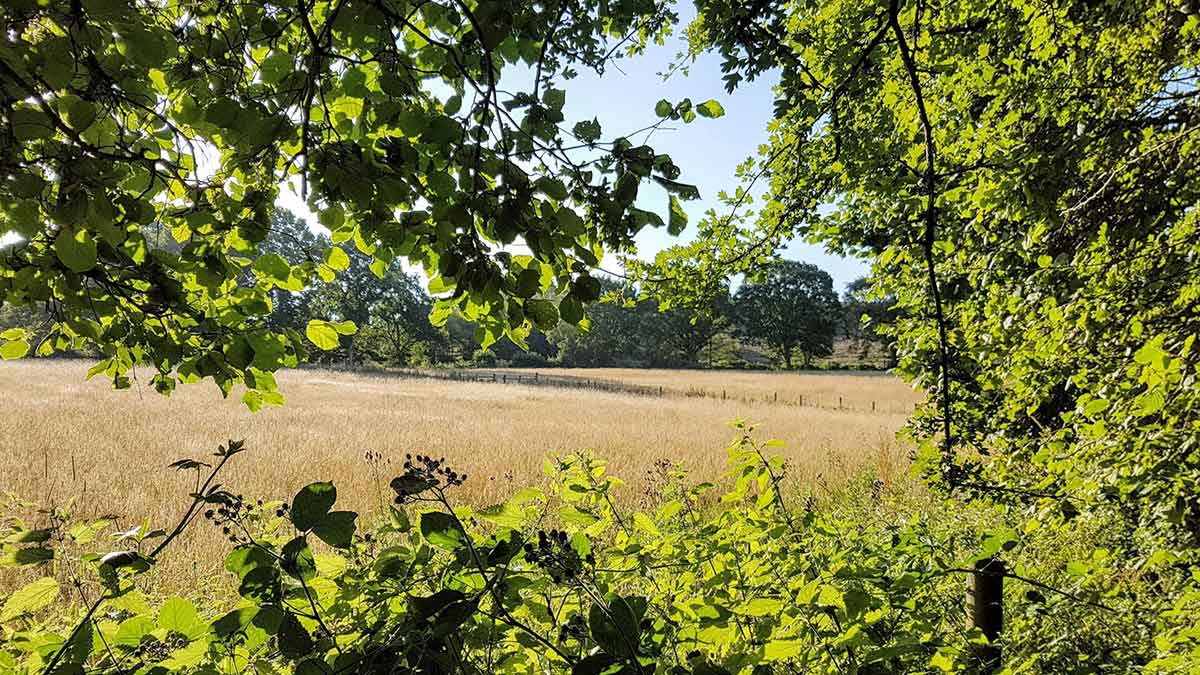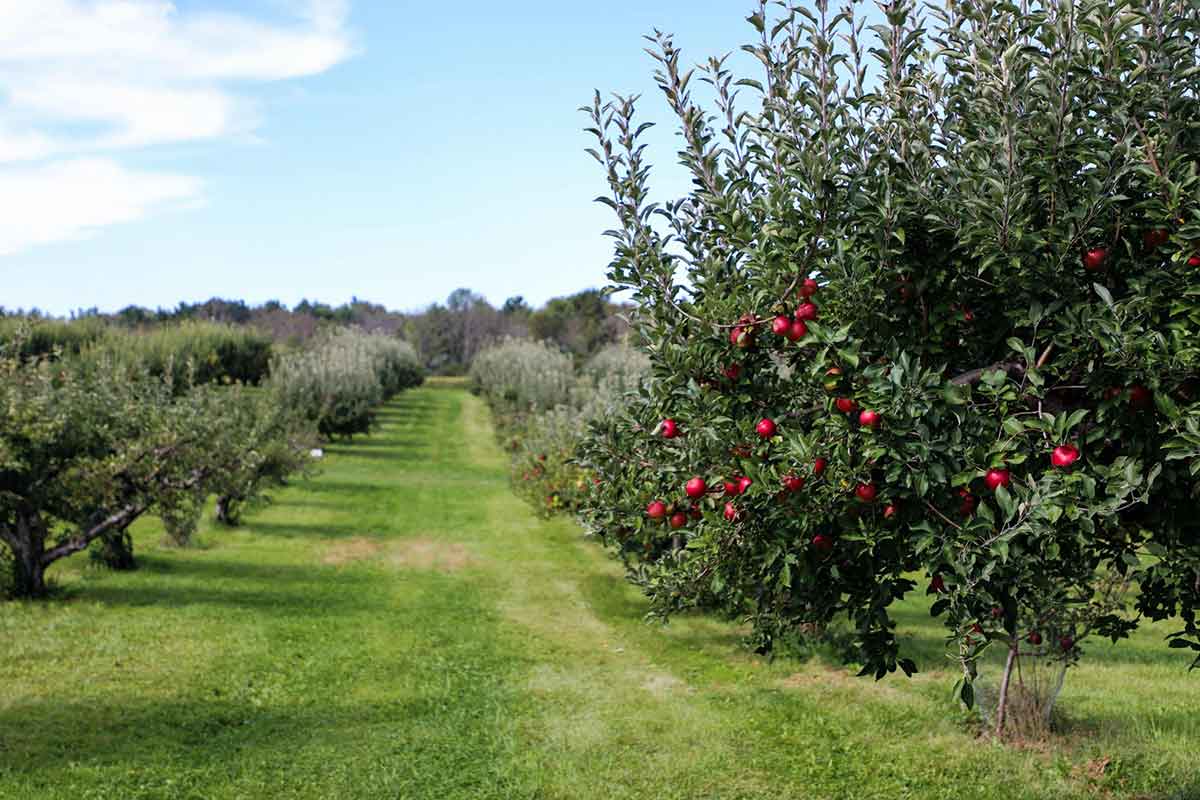Despite the lack of a consistent definition, rewilding has become the dream of environmentalists. However, some suggestions to achieve this, such as introducing wolves to the British countryside, just aren’t feasible. Urban foxes are enough of a nuisance, so imagine the havoc an urban wolf pack could wreak. There are several more manageable ways to help with the rewilding effort on a small scale.
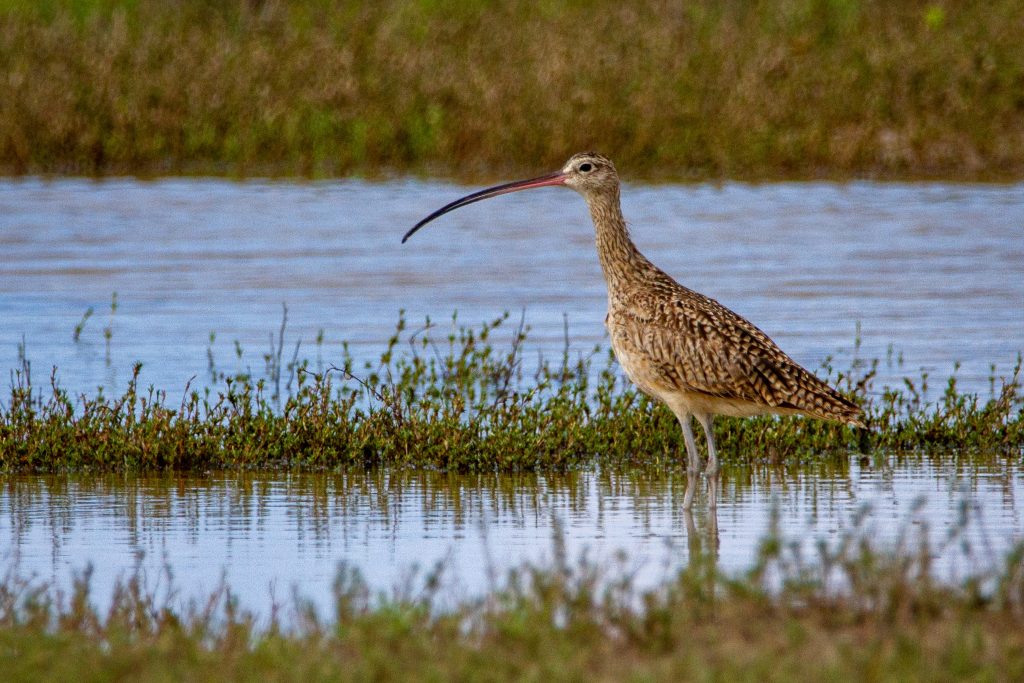
Put Some Welly In
Wetlands are an excellent land type for biodiversity, whether marshland, streams or rivers. Anyone who has the good fortune to have land with one of these has the opportunity for a rewilding project which will have a huge impact on the environment. An excellent example of a restored marshland, is the Insh Marshes, where the RSPB has collaborated with local farmers to push back the encroaching willow scrub and rank grassland by reintroducing grazing sheep, cattle and ponies. The multitude of wading birds which have returned to the land are now a popular attraction.
Knepp Estate has the distinction of being the first recognised rewilding project in the UK. Their River Restoration has been particularly successful, involving the removal of four weirs and a 19th century drainage canal to restore the natural meanders of the river and its floodplain. Woody debris was added to the banks to accelerate the process. This has resulted in the return of flora and fauna, such as black poplar and trout, which were long disappeared. The water is better filtered and floods are slowed down, protecting the land downstream.
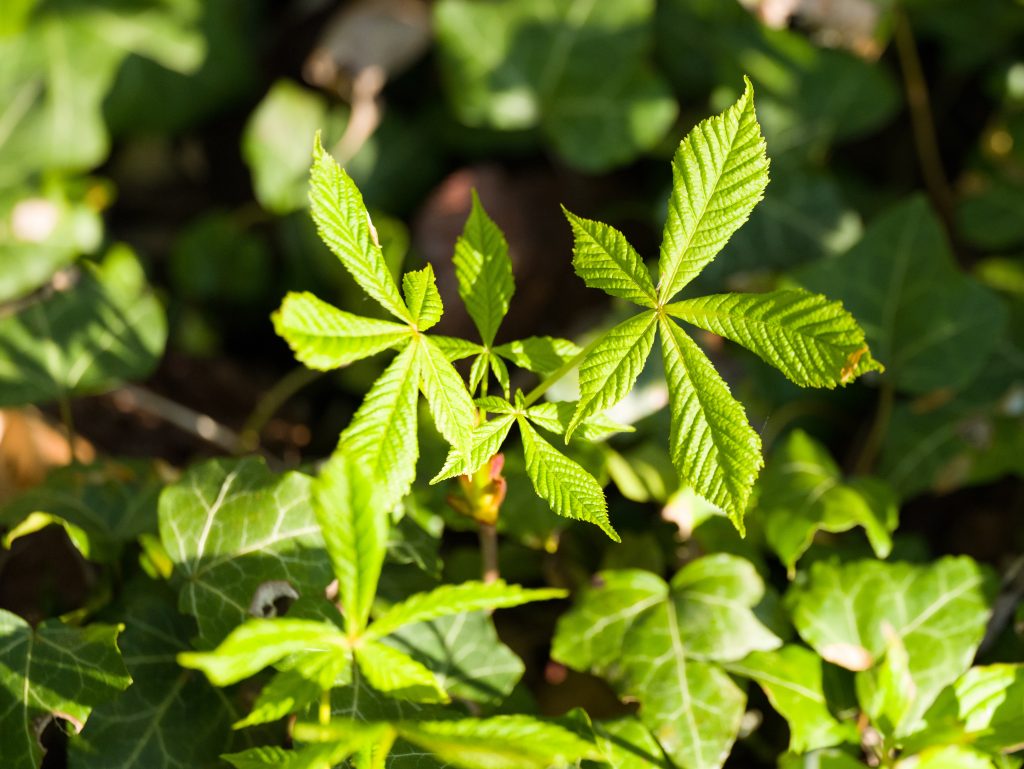
See the Wood for the Trees
Reforestation is a much-popularised form of rewilding, with many global companies and celebrities pledging to plant more trees to increase biodiversity and offset carbon emissions. However, doing this on a large scale is impractical or even impossible for most. There are more manageable options for small scale reforestation.
Existing woodlands can be allowed to spread naturally where possible, and maintained to retain healthy growth. It can also be good for the environment to slowly replace non-native species, as these are less useful to native wildlife and may even be a better carbon sink. The Woodland Trust offers several free packages with trees for schools and communities to plant up available areas, whether large or small. This offers a haven for wildlife and people alike, as well as building community spirit by bringing people together during planting.
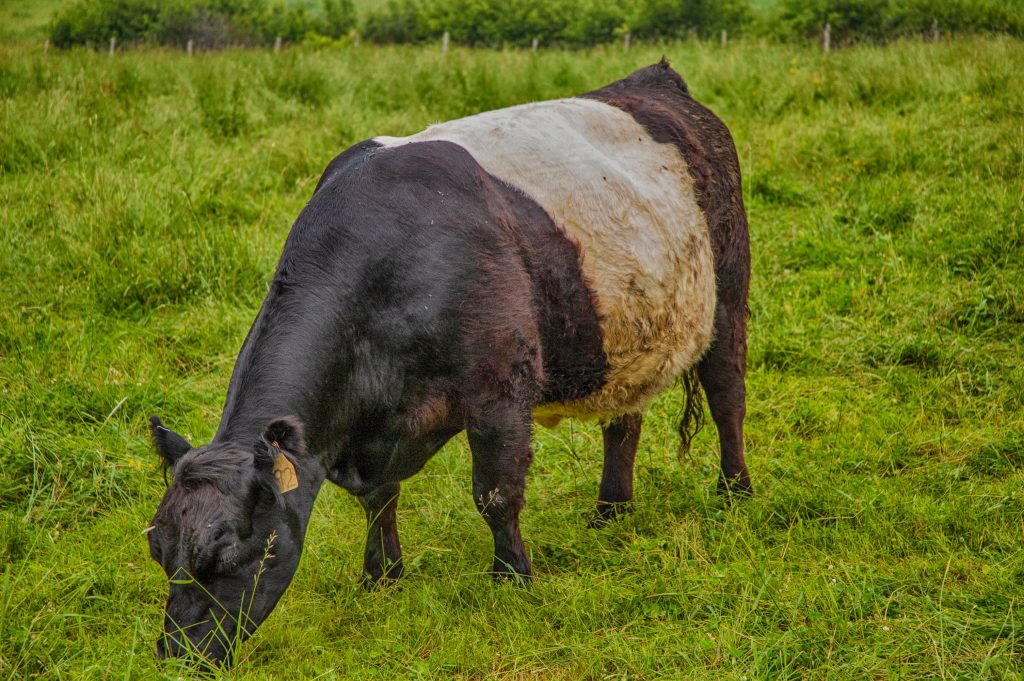
Little by Little
Bees are a vital part of the food chain and farming, but they have not been thriving in the last few years. However, The British Beekeepers Association has a fantastic scheme in place to match beekeepers with hosts with land available for hives. Of course, you can keep your own bees as well! Increasing the population of bees can provide more stability for crops, local wildlife, and provide some sought after honey.
Planting more hedgerows and having a wider buffer zone beside the hedge can provide a home for more wildlife. The biodiversity this can create in such a small area is impressive, and the hedges themselves prevent the soil from washing away in very wet weather.
According to Rewilding Britain, even livestock can be part of rewilding. They suggest allowing animals to live more like their wild selves. This can be achieved through using antibiotics sparingly, leaving young with their mothers or rotational grazing. In fact, on Chobham Common and other sites, the Belted Galloway cow is helping to maintain the habitat.
From school to smallholding, from estate to equestrian centre, rewilding does not have to be out of reach. While we might not be able to plant a new forest or reintroduce a species, there are lots of little things we can try to bring back a bit of biodiversity to our own habitat.

